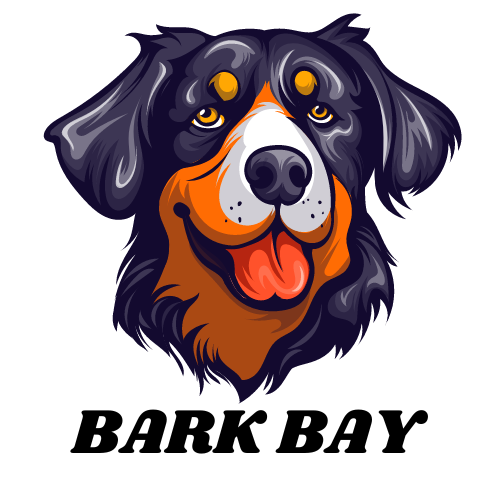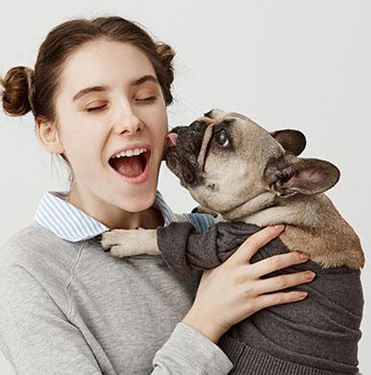Dogs are masters of nonverbal communication. Their body language, a complex interplay of facial expressions, postures, and tail movements, offers invaluable insights into their emotional state and intentions. By developing a keen understanding of canine body language, you can foster a deeper bond with your furry friend and prevent misunderstandings that could lead to behavioral issues. This article delves into the nuances of canine communication, empowering you to decode your dog’s signals and create a harmonious relationship.
The Importance of Body Language
Dogs rely heavily on body language to interact with humans and other animals. By observing their subtle cues, you can:
- Prevent conflicts: Recognize signs of fear, aggression, or anxiety to avoid confrontations.
- Strengthen your bond: Build trust and understanding through empathetic responses.
- Improve training: Use positive reinforcement based on accurate interpretations of your dog’s cues.
- Identify health issues: Some physical changes can indicate underlying medical problems.
Decoding the Basics: Key Body Parts
To effectively read your dog’s body language, focus on these key areas:
The Tail
- High and wagging: Typically indicates happiness and excitement.
- Low and still: May signal fear, submission, or uncertainty.
- Tucked between legs: Often a sign of fear or submission.
- Stiff and upright: Can indicate aggression or alertness.
The Ears
- Perked up: Shows interest, alertness, or excitement.
- Flattened back: May indicate fear, anxiety, or submission.
- Rotated to the side: Suggests a relaxed or curious state.
The Eyes
- Soft and relaxed: Often indicates contentment and trust.
- Wide and staring: Can signal fear, anxiety, or aggression.
- Pupil dilation: May indicate excitement, fear, or aggression.
- Avoiding eye contact: Can be a sign of submission or fear.
The Mouth
- Open mouth panting: Can indicate excitement, stress, or overheating.
- Yawning: Often a sign of relaxation or stress.
- Licking lips: May indicate anxiety, anticipation, or submission.
- Showing teeth: Can be a threat or a playful gesture (context is crucial).
The Body
- Relaxed posture: Indicates contentment and confidence.
- Stiff and rigid: Suggests tension, fear, or aggression.
- Crouched or lowered: May indicate fear, submission, or playfulness.
- Play bow: A clear invitation to play.
Common Body Language Signals
To further enhance your understanding, let’s explore common body language signals and their meanings:
Happy and Relaxed
- Loose and relaxed body posture
- Soft, gentle eyes
- Playful tail wagging
- Open mouth panting (often accompanied by tongue flicking)
- Yawning and stretching
Fearful or Anxious
- Tail tucked between legs
- Ears pinned back
- Lowered body posture
- Trembling or shaking
- Avoiding eye contact
- Excessive licking or yawning
- Whining or barking
Aggressive or Dominant
- Stiff and rigid body
- Tail held high and stiff
- Ears forward or pinned back
- Intense stare
- Growling or barking
- Resource guarding behaviors
Submissive
- Avoiding eye contact
- Lowered body posture
- Tail tucked between legs
- Licking lips
- Urinating or defecating in inappropriate places
Context is Key
It’s essential to remember that body language is influenced by various factors, including breed, individual personality, and the surrounding environment. A single signal may have multiple interpretations depending on the context. Always consider the entire picture when assessing your dog’s emotional state.
Building a Stronger Bond
To deepen your connection with your dog, practice observing their body language regularly. Pay attention to subtle cues and reward positive behaviors. Consistency is key to building trust and understanding.
Conclusion
Understanding your dog’s body language is a rewarding journey that strengthens the bond between you and your furry companion. By decoding their nonverbal cues, you can create a safer, happier, and more fulfilling environment for both of you. Remember, every dog is unique, so continue to observe and learn from your specific dog’s communication style. With patience and practice, you’ll become an expert at reading your dog’s mind.
Would you like to add a section on specific breeds or common behavioral problems?


